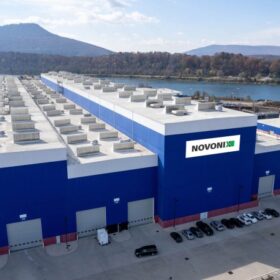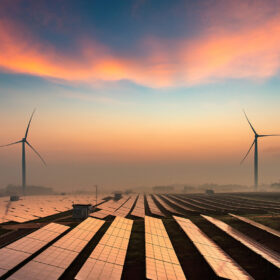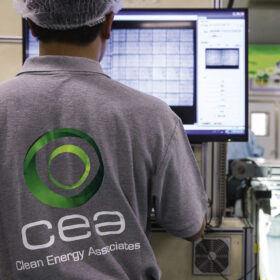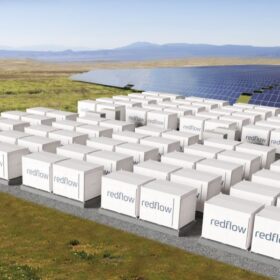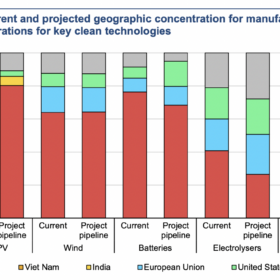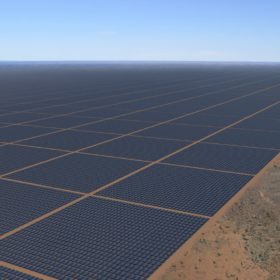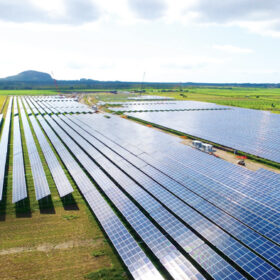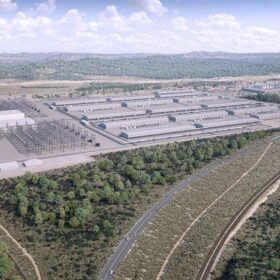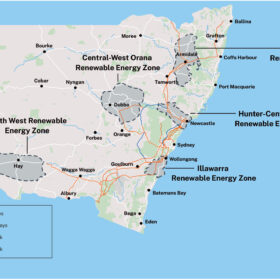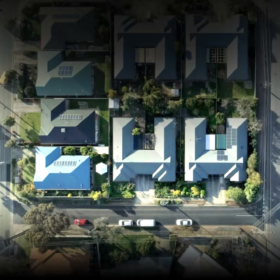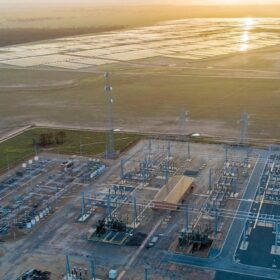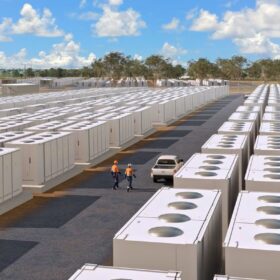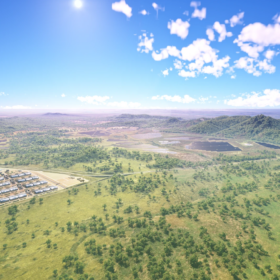Novonix does $45 million deal with LG Energy Solution
Brisbane-based battery materials and technology company Novonix has sealed a $45 million (USD 30 million) deal with South Korean battery manufacturer LG Energy Solution that is complemented by an agreement between the two parties to jointly work toward developing high-performance, synthetic graphite anode material for lithium-ion batteries.
Global solar additions to hit 310 GW in 2024, says IEA
The International Energy Agency (IEA) said in a new report that solar will remain the main source of global renewable capacity expansion in 2023, accounting for 286 GW. In 2024, the figure is set to grow to almost 310 GW, driven by lower module prices, greater uptake of distributed PV systems, and a policy push for large-scale deployment.
Weekend read: Avoiding PV buyer’s remorse
New entrants to solar equipment procurement may be surprised to encounter constantly amended contract terms, index-linked price rises, and near-worthless defect warranties, but they reflect recent supply chain troubles. Clean Energy Associates’ Martin Deak offers a buyers guide.
Redflow to build 20 MWh redox-flow battery in California
Australian redox-flow battery manufacturer Redflow will build one of the world’s largest zinc-based battery energy storage systems in the United States after inking a multi-million-dollar deal with the California Energy Commission.
Global investment in clean energy nearly doubles that of fossil fuels
For every dollar invested in fossil fuels, 1.7 dollars are invested in clean technologies. Five years ago, it was a one-to-one ratio, said the International Energy Agency.
‘Huge subsidy fest’: Australia has the critical materials, but can it compete in the manufacturing race?
A global race is underway to capture the manufacturing market for clean energy technologies. While lady lucky has certainly shone on Australia, competition is fierce, experts say.
Cannon-Brookes, Quinbrook consortium secures Sun Cable
A consortium led by tech billionaire Mike Cannon-Brookes’ Grok Ventures and including green energy investment manager Quinbrook Infrastructure Partners has been successful in acquiring the giant $35 billion Sun Cable renewable energy project.
IEA report reveals shift to clean energy accelerating
Solar has been described as the “star performer” by the International Energy Agency which has forecast that global investment in clean energy is on course to rise to $2.61 trillion (USD 1.7 trillion) in 2023, with spending on solar set to eclipse outlays on oil for the first time.
Funding confirmed for 3 GW green hydrogen project
Australia’s push to become a green hydrogen superpower has gained new momentum with the federal and Queensland governments teaming with consortium partners to deliver $117 million (USD 76 million) to progress a 3 GW renewable hydrogen project being developed near Gladstone on the central Queensland coast.
Widespread misreporting of NSW renewable energy zone cost ‘blowouts’ and delays
The numbers behind headlines of billion dollar cost blowouts and delays to New South Wales’ energy transformation appear foggy at best, with unexamined sources seemingly leading to widespread misreporting.
